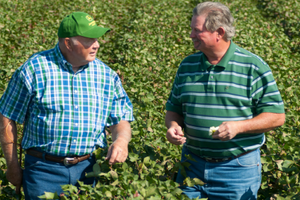The U.S. Department of Agriculture’s National Agricultural Statistics Service (NASS) and the Animal and Plant Health Inspection Service (APHIS) announced on July 21 that they would be surveying U.S. crop producers to gauge the impact of feral swine.
Interviewers will be visiting producers in 11 states -- Alabama, Arkansas, California, Florida, Georgia, Louisiana, Mississippi, Missouri, North Carolina, South Carolina and Texas.
“We believe feral swine are a significant concern for farmers in many states,” said Stephanie Shwiff, project leader of the APHIS’ Economic Research of Human Wildlife Conflict project. “With this survey, we begin the process of quantifying the extent of the problem, which should help us determine the best solution.”
Feral swine are considered to be invasive species. They are known to eat crops, such as corn and rice. Additionally, feral swine attack livestock and small animals.
“We will collect data about feral swine to estimate the extent of damage these animals may have caused to agriculture in 11 states,” said NASS Census and Survey Division Director Barbara Rater. “We thank producers in advance for their attention to this survey. The responses, which are always anonymous, can help inform policy and management actions about feral swine.”
These swine are known for transmitting diseases to both humans and animals. The USDA notes that this is the first step toward determining the extent of swine damage in the 11 states being surveyed.
